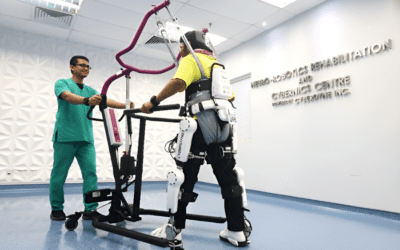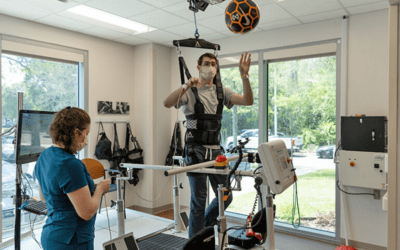What is it like to be right-brained person?
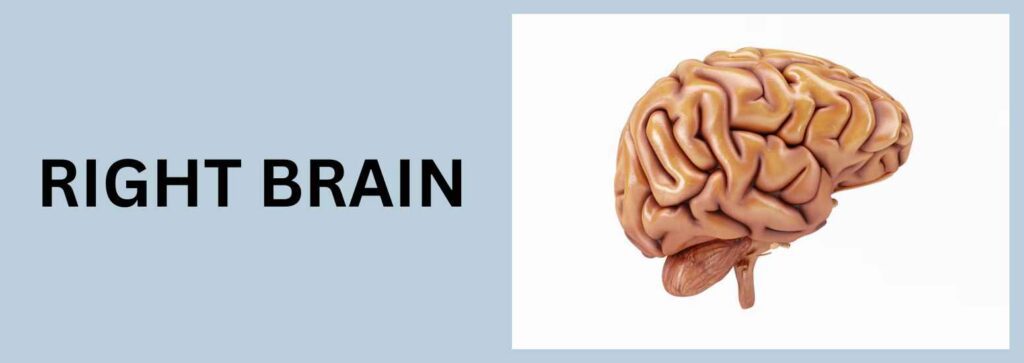
The idea of being “right-brained” refers to the popular theory that individuals whose right hemisphere of the brain is dominant tend to have certain personality traits, cognitive styles, and preferences. While modern neuro science has shown that the left-right brain theory is oversimplified, some tendencies associated with right-brain dominance can still provide insight into how a person might think or approach the world.
Here’s what it might be like to be described as “right-brained”:
1. Creativity and Imagination
- Creative Thinking: Right-brained individuals are often associated with creativity, imagination, and innovation. They may be drawn to the arts, such as painting, music, and writing, and might enjoy expressing themselves through creative outlets.
- Out-of-the-Box Problem Solving: People considered right-brained tend to think in holistic, big-picture terms, approaching problems with unconventional solutions or abstract thinking.
2. Emotional and Intuitive Processing
- Emotional Awareness: Right-brained people are often thought to be more in tune with their emotions and those of others. They may have strong emotional intelligence, being empathetic and responsive to the feelings of others.
- Intuition: Rather than relying on analytical reasoning or logic, right-brained individuals may trust their gut feelings or intuition when making decisions. They often “feel” their way through situations rather than systematically analyzing them.
3. Visual and Spatial Abilities
- Visual Thinkers: Those who are right-brained may excel in visualizing concepts or ideas. They might find it easier to understand things through images, patterns, and spatial reasoning rather than through words or numbers.
- Spatial Awareness: Many people with right-brain dominance are good at spatial reasoning, which can make them talented at tasks like visual arts, design, or even navigating environments.
4. Holistic Thought Processing
- Seeing the Big Picture: Right-brained individuals are believed to have a more holistic way of processing information. They may be less focused on details and more attuned to overarching themes, ideas, or patterns.
- Nonlinear Thinking: Their thinking is often described as nonlinear, meaning they may jump from one idea to another in a more spontaneous or intuitive manner rather than following a step-by-step process.
5. Flexible and Open-Minded
- Adaptable: Right-brained people may prefer flexibility and fluidity over rigid structure. They often thrive in environments where creativity and adaptability are encouraged.
- Open to New Experiences: They might be more inclined to explore new experiences, ideas, and possibilities without being constrained by rules or traditions.
6. Less Focused on Language and Logic
- Struggles with Details: Right-brained individuals may struggle to focus on small details or follow highly structured tasks. For example, they may struggle with meticulous tasks like managing finances or following complex step-by-step instructions.
- Verbal Processing Challenges: While they may excel in nonverbal communication, right-brained individuals might find it more difficult to express their thoughts clearly through words or language, as the left hemisphere is more involved in language processing.
What is it like to be left-brained person?
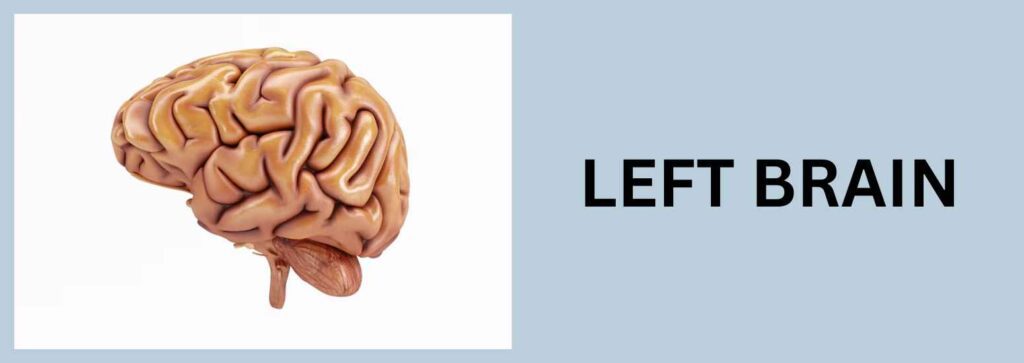
The concept of being “left-brained” is based on the theory that the left hemisphere of the brain is dominant in certain individuals, leading them to exhibit specific traits and cognitive styles. Although modern neuroscience shows that both hemispheres work together for most tasks, people with a more “left-brained” cognitive style are often associated with analytical, logical, and structured thinking.
Left brain thinking includes…
1. Logical and Analytical Thinking
- Detail-Oriented: Left-brained individuals tend to focus on details, breaking problems down into smaller, manageable parts. They approach situations in a step-by-step manner and are often systematic in their thinking.
- Logical Reasoning: They excel in logical thinking and problem-solving. They prefer to base decisions on facts, data, and evidence rather than intuition or emotions.
2. Mathematical and Analytical Abilities
- Strong in Math and Sciences: Those with a left-brained dominance often find subjects like mathematics, science, and engineering easier to grasp. They enjoy working with numbers, formulas, and logical patterns.
- Good with Patterns and Sequences: Left-brained individuals are often adept at recognizing patterns, sequences, and structures, making them skilled at solving puzzles, coding, or working in technical fields.
3. Language and Verbal Processing
- Verbal Communication Skills: The left hemisphere is more involved in language processing, so left-brained people may excel in verbal tasks such as reading, writing, and speaking. They often have a clear and structured way of expressing their thoughts.
- Good with Grammar and Syntax: They tend to pay attention to grammar, spelling, and sentence structure. This can make them effective in language-related tasks like editing, academic writing, or legal work.
4. Organized and Structured
- Preference for Structure and Order: Left-brained people typically thrive in environments with rules, organization, and clear expectations. They prefer to plan ahead, follow schedules, and work within set frameworks.
- Goal-Oriented: They are usually goal-driven and focus on achieving results. Their structured mindset helps them set clear objectives and work methodically toward achieving them.
5. Sequential and Linear Thinking
- Step-by-Step Approach: Left-brained individuals prefer to approach tasks in a linear, step-by-step fashion. They like to follow a clear sequence, whether in problem-solving, writing, or planning.
- Preference for Concrete Information: They often favor concrete facts and clear answers rather than abstract concepts or ambiguity.
6. Practical and Realistic
- Realistic and Pragmatic: Left-brained thinkers tend to be more practical and realistic, focusing on tangible outcomes and workable solutions. They are more likely to approach problems by asking, “What works?” and “How can we make this happen?”
- Less Inclined Toward Imagination or Abstract Thought: While left-brained people are often creative within structured tasks, they might not be as naturally drawn to abstract or imaginative thinking as right-brained individuals.
7. Less Focused on Emotions
- Rational Decision Making: Left-brained individuals often make decisions based on logic and reason, rather than relying on emotional intuition. They might prioritize facts over feelings when assessing situations.
- Objective Thinking: Their objective nature allows them to analyze problems without being overly influenced by emotional biases, making them well-suited for tasks that require critical thinking or impartial judgment.
Differences between left and right brain:
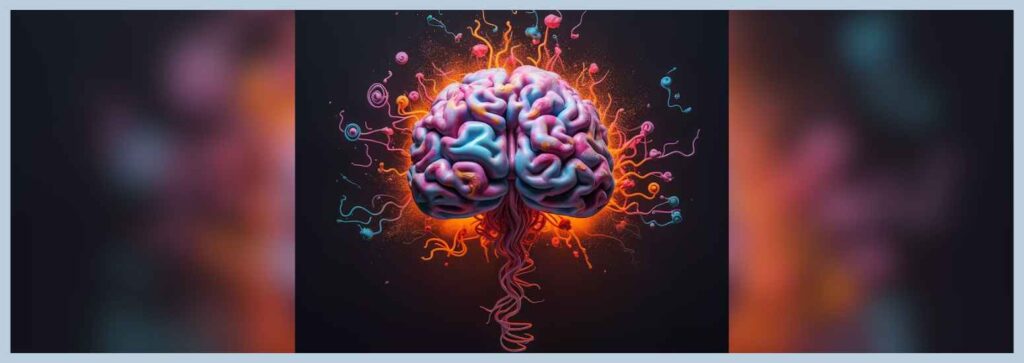
The brain’s right and left hemispheres are responsible for different types of cognitive functions, often referred to as lateralization of brain function. The left hemisphere is typically associated with logic, language, and analytical thinking. It excels in tasks involving verbal processing, such as reading, writing, and mathematical reasoning. It processes information in a linear, step-by-step manner and is detail-oriented.
In contrast, the right hemisphere is linked to creativity, intuition, and spatial abilities. It is more adept at processing nonverbal information, such as visual and spatial tasks, and plays a significant role in recognizing patterns, emotions, and holistic thinking. The right brain tends to handle abstract, imaginative thinking and sees the “big picture.” While this division of function exists to some degree, both hemispheres work together for most tasks, with each complementing the other to create a unified cognitive experience.
Left and Right Brain weakness:
Both the right and left brain hemispheres have unique strengths, and their respective weaknesses are reflective of the areas they are less dominant in.
Left Brain Weaknesses:
- Creativity and Imagination: Individuals who are more left-brain dominant may struggle with abstract thinking, creative problem-solving, and imaginative tasks. They may find it challenging to think outside the box or come up with novel ideas.
- Holistic Thinking: Left-brain thinkers often focus on details and may have difficulty seeing the big picture. They can become overly focused on specifics, missing broader patterns or connections.
- Emotional Processing: They may have difficulty understanding or expressing emotions, both their own and others’. This can result in less empathy or emotional intelligence in social situations.
- Nonverbal Communication: Left-brain dominant individuals may find interpreting body language, facial expressions, and other nonverbal cues challenging.
Right Brain Weaknesses:
- Analytical and Logical Reasoning: Right-brain dominant people may struggle with tasks that require strict logic, such as mathematical reasoning or step-by-step problem-solving. They may have difficulty following detailed processes or instructions.
- Language Processing: Verbal communication, especially tasks involving grammar, syntax, and precise word usage, may not come as easily to those who rely more on right-brain thinking.
- Organizational Skills: Right-brain individuals may be less organized and structured, finding it harder to adhere to schedules, routines, or detailed plans.
- Attention to Detail: They might overlook small details or make errors in precision-related tasks, as they tend to focus more on the overall concept or big picture.
Both sides of the brain are complementary, and a balanced use of both can mitigate these weaknesses.
In conclusion, the left and right brain are associated with different cognitive functions: the left brain is linked to logic, analytical thinking, and language processing, while the right brain is associated with creativity, intuition, and visual-spatial abilities.
However, both sides work together in most activities, complementing each other to provide a balanced approach to thinking and problem-solving. The traditional view of people being strictly “left-brained” or “right-brained” is an oversimplification, as both hemispheres are integral to overall brain function.

